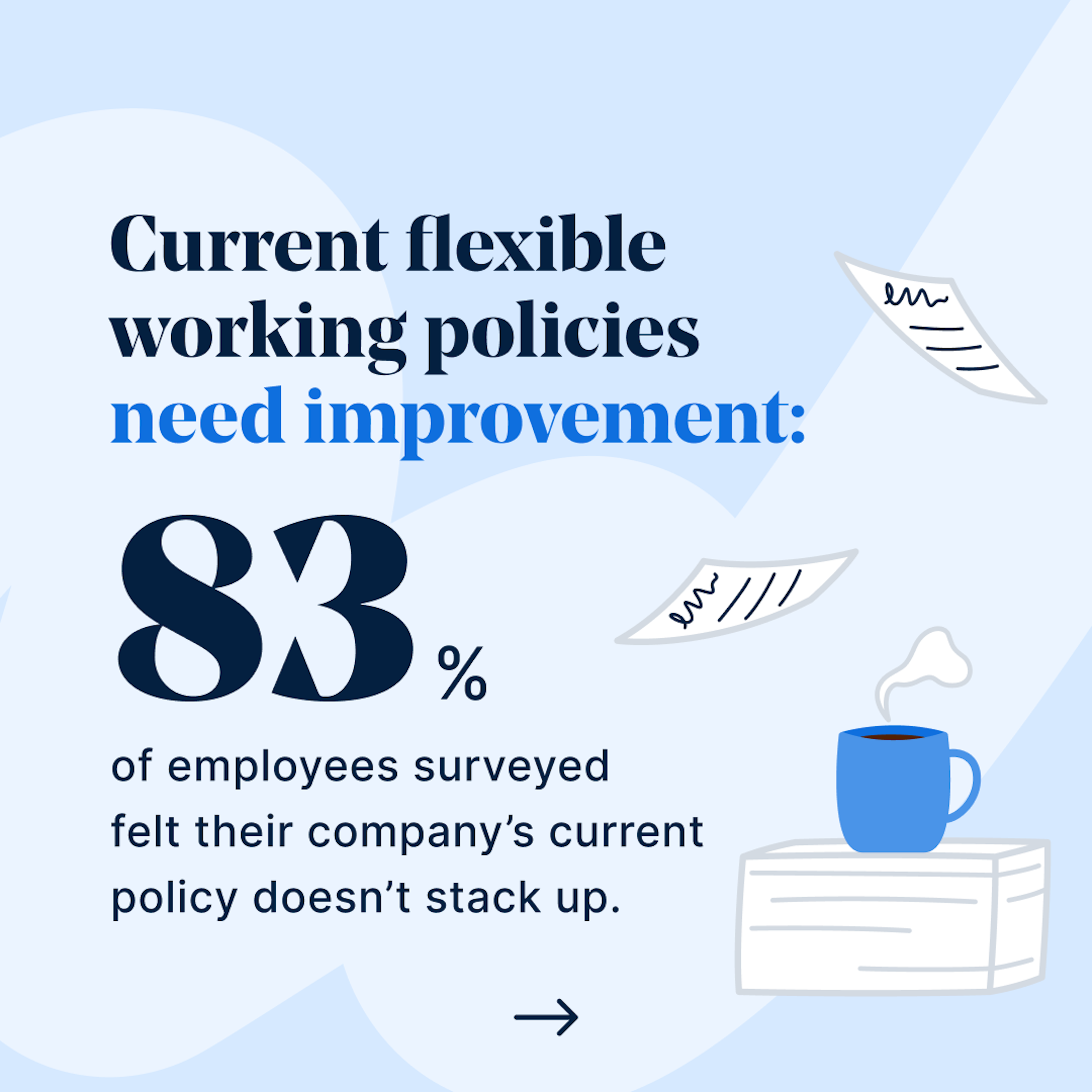Employee Retention Strategies: The Definitive Playbook for UK HR Professionals

Hiring the right talent can be a challenge. But keeping that talent can be a whole different story…
Whether it’s because they’re bored and disengaged or feeling undervalued, there are plenty of reasons why good employees simply pack up and leave. Roll out the right employee retention strategies, however, and you could persuade them to stay.
Of course, there isn’t a company in this world that’s completely immune from turnover. But there are loads of brilliant things you can do to improve employee retention rates. So, let’s discuss what makes for a good overall talent retention strategy, the pillars and factors that support and influence this, and how best to retain UK employees in this modern business era.
It’s all outlined in our definitive playbook.
How can you retain employees in the UK?
We can define employee retention as the efforts an organisation will take to retain its most valuable talent.
Sadly, many UK businesses still don’t understand the power the right HR retention strategy can have on minimising employee turnover.
It’s about more than just offering cool ‘perks’ or free fruit at the office. Companies that are able to tap into what really engages and motivates their workforce will more successfully hang on to their talent. Those that don’t risk losing staff to the competition - more agile and accommodating companies that are prepared to make their staff feel valued.
Fortunately, there’s a recipe for crafting compelling employee retention strategies. And the base ingredients, or ‘pillars’ as we call them, are all things most companies will be familiar with.
What are the four pillars of employee retention?
Strong talent retention will occur when these four aspects of your business are jiving together: that’s people & culture, compensation & benefits, learning & development and awards & recognition.
People & Culture
This first one is really at the core of employee retention. At the end of the day, it boils down to this: if your environment is toxic, then people will leave. If an employee doesn’t feel like they’re appreciated or supported by management, or that their work isn’t being recognised, then they won’t stick around for very long.
A strong culture fosters a sense of community and inclusivity among employees which makes all of this (and more) possible. That makes your people and their culture by extension a key component of any solid retention strategy.
Food for HR thought 🥕
At PayFit, we’ve found one of the key traits of a strong organisational culture is care. Upholding this value can help employees feel more comfortable and psychologically safe.
Compensation & Benefits
It shouldn’t come as a surprise that an employee who’s constantly worried about money isn’t going to be productive (or very happy).
Of course, paying employees more isn’t always the easy solution for businesses. But if you really want to minimise turnover, then you’ll want to at least pay the going market rate for each role and position. If your business is likely to find this challenging, then providing a compelling employee benefits package - including health insurance, a sound pension scheme, extra PTO and other incentives - can counterbalance this.
Learning & Development
While salary is a critical factor for employees in the UK, it’s not the only reason that compels us to work. Opportunities for learning and growth are often what keep us invested in showing up to our 9 to 5 in the long term. Therefore, they’re a critical component of any talent retention strategy.
The more clear you are in carving out different career paths and growth opportunities for your people, the more invested they will be in your business. Here, in-house training programs and individual development plans can have a big impact.
Rewards & Recognition
Finally, employees want to feel valued and appreciated for the work they do. By providing meaningful recognition and incentives, you’ll encourage employees to ‘keep going’ while boosting their morale. While it’s great to do this from the top down, it’s also important to encourage this behaviour among teammates and working peers so that praise and appreciation become infectious in your culture.
What are some popular employee retention theories?
Employee retention might feel like an emotive subject for those involved. But there’s also some pretty interesting science behind it. Some of the most established theories pertaining to retention strategies include:
The Theory of Organisational Equilibrium (TOE) - A person will continue working at an organisation if their perceived contribution is on par with the organisation’s contribution to their life.
The Social Exchange Theory - Simply, employees will leave a company when there is a breach in the terms of their social contract with said organisation (which can include both explicit and implicit attributes like trust, loyalty and service).
The Job Embeddedness Theory - Staff who feel strongly embedded in the communities they belong to within a workplace, will continue to work in and create value for that organisation.
Herzberg’s Two-Factor Motivation-Hygiene Theory - Developed by Frederick Herzberg in 1959, the two-factor theory suggests that there are two different kinds of factors that drive employee motivation and satisfaction - motivational and hygiene factors.
The Resource-Based View - When your personnel feel they are having a strong, positive impact on their clients, it makes them feel good about their job and therefore they’re more likely to stay at their company.
The Equity Theory - If a worker feels undervalued, they’re more likely to ‘quiet quit’ or leave an organisation altogether.
The Human Capital Theory - By investing in the training and development of your employees, you are more likely to retain them.
If there’s one thing you can take from all of these different theories, it's this: Turnover happens for many different reasons. It usually doesn’t boil down to just one thing. More likely than not, it comes down to a combination of different factors.
Given this, you might find more than one of these theories explains the turnover your organisation might be facing.

What are four major factors influencing employee retention?
On top of the theories we’ve just explored here, there are five additional factors in the UK that could be impacting your retention rates.
Onboarding and training
It all starts with a stellar employee onboarding. Indeed, the way you hit things off with an employee on their first day, week or month can really set the tone for your relationship moving forward.
Making your new hire feel right at home from day dot increases the chances they’ll want to stick around, longterm. From acing your offer letter to making their first day an exciting and compelling one and even assigning them an office buddy, there are many things that weave directly into your employee retention strategy as part of onboarding.
Food for HR thought 🥕
Sometimes, high turnover can result from the scope of the job being mis-sold at the interview stage. That’s why it’s important to be honest and transparent about what the position really involves, even the challenging stuff.
Managerial Support
Ever heard the saying people leave bad managers (not jobs)? A recent survey revealed just how much this is true - 28% of respondents (made up of UK workers) admitted to leaving a job because of a negative relationship with their manager.
Whether it’s lazy structuring or unnecessary levels of strictness, poor management can wreak havoc on an otherwise healthy organisation, leading to plunges in productivity and wellbeing that ultimately result in higher turnover.
It’s vital to get clear on the kind of management style you want to employ and to set up a regular feedback loop with employees to understand what is and isn’t working.
Flexibility
Over the past few years, flexible work has become a bit of a silver bullet when it comes to retention.
Far from just being a catchy buzzword, it has become an entire movement since the pandemic, which has resulted in a shift that can only be seen as beneficial for organisations and their people everywhere.
As more flexible working arrangements become the norm, more and more employees are seeking out roles that will allow them to work flexibly. In fact, 83% of employees we surveyed are crying out for improvements to be made to existing flexible working policies. Your employees simply won’t stay put if your company is reluctant to deviate from the traditional 9-5 schedule and could start looking for opportunities elsewhere.

Work-life balance
Employees no longer see a job as something that should take up their whole life. If working for your company means your people have to give up additional personal time they would otherwise spend on hobbies or resting and recovering from the demands of a high-performance role, you’re going to have a retention problem on your hands.
It’s important to help employees achieve the work-life balance necessary so they can stay on track with their goals and continue to be productive. Regular refuelling, rejuvenating and recharging should be the guiding mantra here.
Remote working, flexible hours or ‘duvet’ days can all be ways of promoting this. At a minimum you’ll want to give your employees some flexibility over their schedule and encourage them to ‘down tools’ on evenings and weekends.
Retaining employees over the long term
To recap, we’ve discussed what makes up a good employee retention strategy as well as the main organisational pillars that provide support for this. We then explored the various theories companies can draw on to better understand their turnover rate as well as the five key trends currently contributing to retention issues within UK organisations.
Most importantly, it’s about making your employees feel valued while lighting the ‘engagement spark’ that’s going to inspire them to stay and invest in your organisation's mission and vision.









